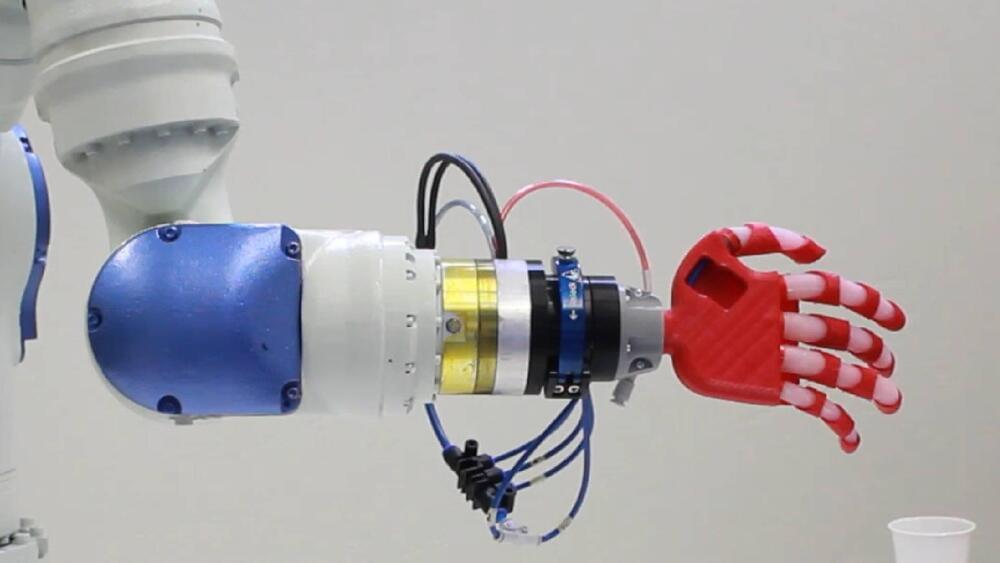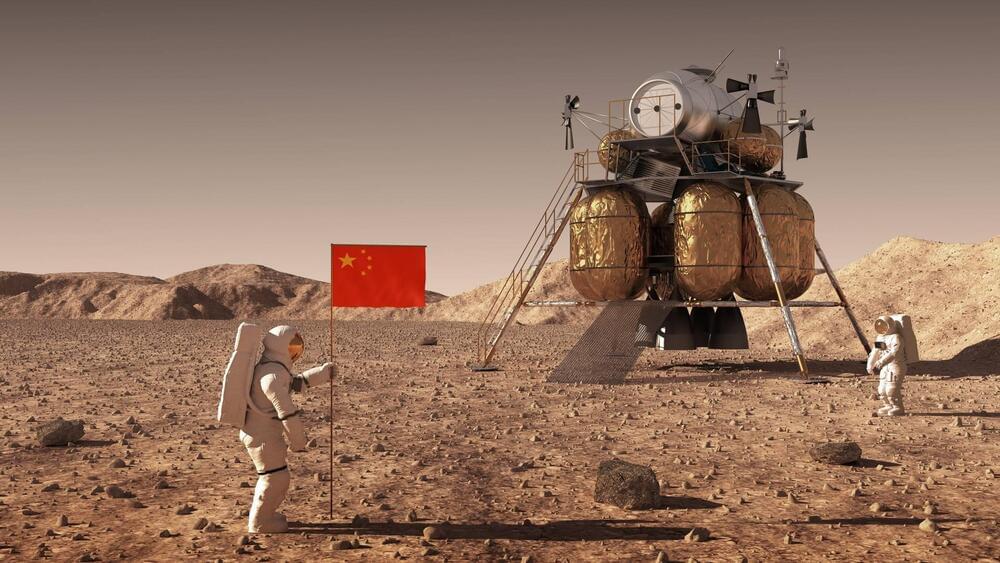The Y chromosome, which normally confers male characteristics, features large amounts of repetitive DNA, which meant it was difficult to compile a complete sequence until now.


The Y chromosome, which normally confers male characteristics, features large amounts of repetitive DNA, which meant it was difficult to compile a complete sequence until now.

Naked mole rats are rodents that are about the size of a mouse with a key difference, aside from having no fur — they’re extremely long-lived — reaching ages of around 40 years old. For comparison, lab mice live an average of about three and a half years. To explain their extensive lifespans, researchers have sought to pinpoint how naked mole rats evade the onset of age-related diseases like cancer. In doing so, they’ve identified a form of gelatinous substance called hyaluronan, which has anti-inflammatory and anticancer properties. Now, the question of whether the benefits of the naked mole rat’s abundant levels of this form of hyaluronan — called high molecular mass hyaluronic acid (HMM-HA) — can be exported to other species has recently drawn attention.
Published in Nature, Gorbunova and colleagues from the University of Rochester show that genetically modifying mice to harbor an enzyme that produces HMM-HA extends their lifespan. The researchers go on to show that increasing HMM-HA reduces the prevalence of cancer. Additionally, the nmrHAS2 gene improves the healthspan of mice by countering physiological dysfunction, as measured with a frailty score. These findings provide the first evidence that genes from long-lived species can be exported to other species, perhaps conferring benefits to humans one day.


The Internet just changed forever, but most people living in the United States don’t even realize what just happened. A draconian new law known as the “Digital Services Act” went into effect in the European Union on Friday, and it establishes an extremely strict regime of Internet censorship that is far more authoritarian than anything we have ever seen before.
From this point forward, hordes of European bureaucrats will be the arbiters of what is acceptable to say on the Internet. If they discover something that you have said on a large online platform that they do not like, they can force that platform to take it down, because someone in Europe might see it. So even though this is a European law, the truth is that it is going to have a tremendous impact on all of us.

When Taylor Webb played around with GPT-3 in early 2022, he was blown away by what OpenAI’s large language model appeared to be able to do. Here was a neural network trained only to predict the next word in a block of text —a jumped-up autocomplete. And yet it gave correct answers to many of the abstract problems that Webb set for it—the kind of thing you’d find in an IQ test. “I was really shocked by its ability to solve these problems,” he says. “It completely upended everything I would have predicted.”
Webb is a psychologist at the University of California, Los Angeles, who studies the different ways people and computers solve abstract problems. He was used to building neural networks that had specific reasoning capabilities bolted on. But GPT-3 seemed to have learned them for free.

It’s the first Big Tech firm to publicly launch one, after a group of them pledged to develop them at the White House in July.
The tool, called SynthID, will initially be available only to users of Google’s AI image generator Imagen, which is hosted on Google Cloud’s machine learning platform Vertex. Users will be able to generate images using Imagen and then choose whether to add a watermark or not. The hope is that it could help people tell when AI-generated content is being passed off as real, or help protect copyright.

The new robotic device is designed to be mass-produced.
Soft robotics are all the rage with researchers coming up with new and improved developments all the time. There are soft robots that mimic muscles, soft robots that squeeze into tiny places, soft robots that are designed to function like seals and even soft robots that split into smaller units.
There is a good reason why scientists are determined to keep producing these devices. The gentle machines hold a better promise of adapting well with human populations but so far have been notoriously expensive to engineer which made them difficult to mass produce.
The humanoid machine can undertake all kinds of general-purpose tasks.
A new report by the BBC.
A new report by the BBC is quoting Geordie Rose, the chief executive of Sanctuary AI, a firm engineering a robot for household chores and general-purpose tasks, and the expert has stated that the development is less than 10 years away.
Ten years: an eternity
“Ten years at the pace the technology is moving now is an eternity. You know, every month, there’s new developments in the AI world that are like fundamental change,” Rose told the news outlet.

What if we could replace a time-consuming analysis, an important prerequisite to judge the right mix of isotopes to use?
Why can’t we find power the same way stars do— clean, renewable, and free of radioactive waste?
Humanity’s quest for clean and sustainable energy sources has reached a pivotal moment as researchers explore nuclear fusion. Unlike current nuclear fission plants that produce energy at the cost of radioactive waste, nuclear fusion offers the promise of virtually limitless and environmentally friendly power generation.

Could you mine all the resources needed for space exploration from space itself? China reveals plans to achieve this goal by 2100.
Chinese space scientists have unveiled a preliminary roadmap that aims to establish a comprehensive space resources system spanning the solar system by the year 2100.
The ambitious initiative, named after the Ming dynasty scientist Song Yingxing’s work, “Tiangong Kaiwu” or “The Exploitation of the Works of Nature,” has the potential to transform the global space economy and elevate China’s standing in the world of space exploration, reported South China Morning Post.